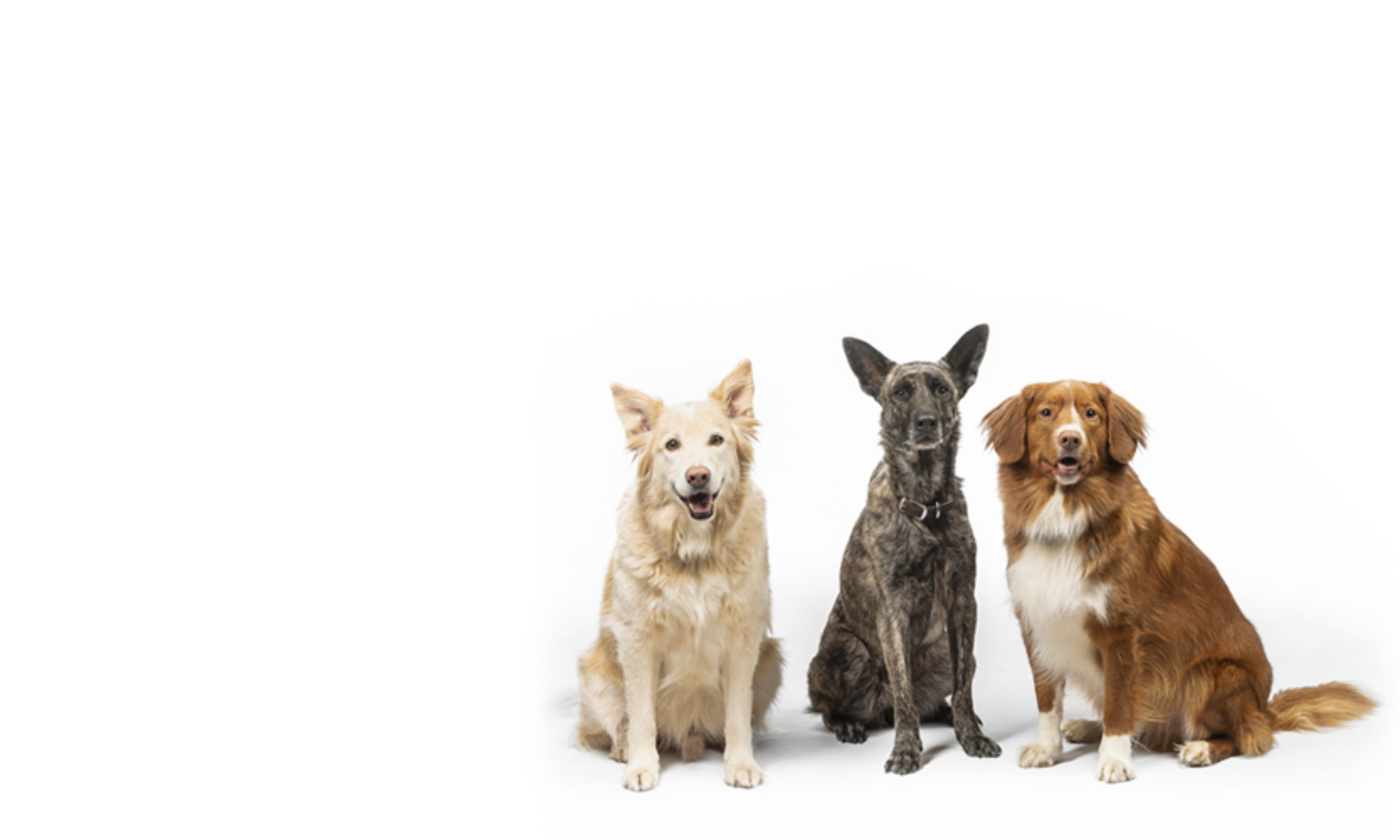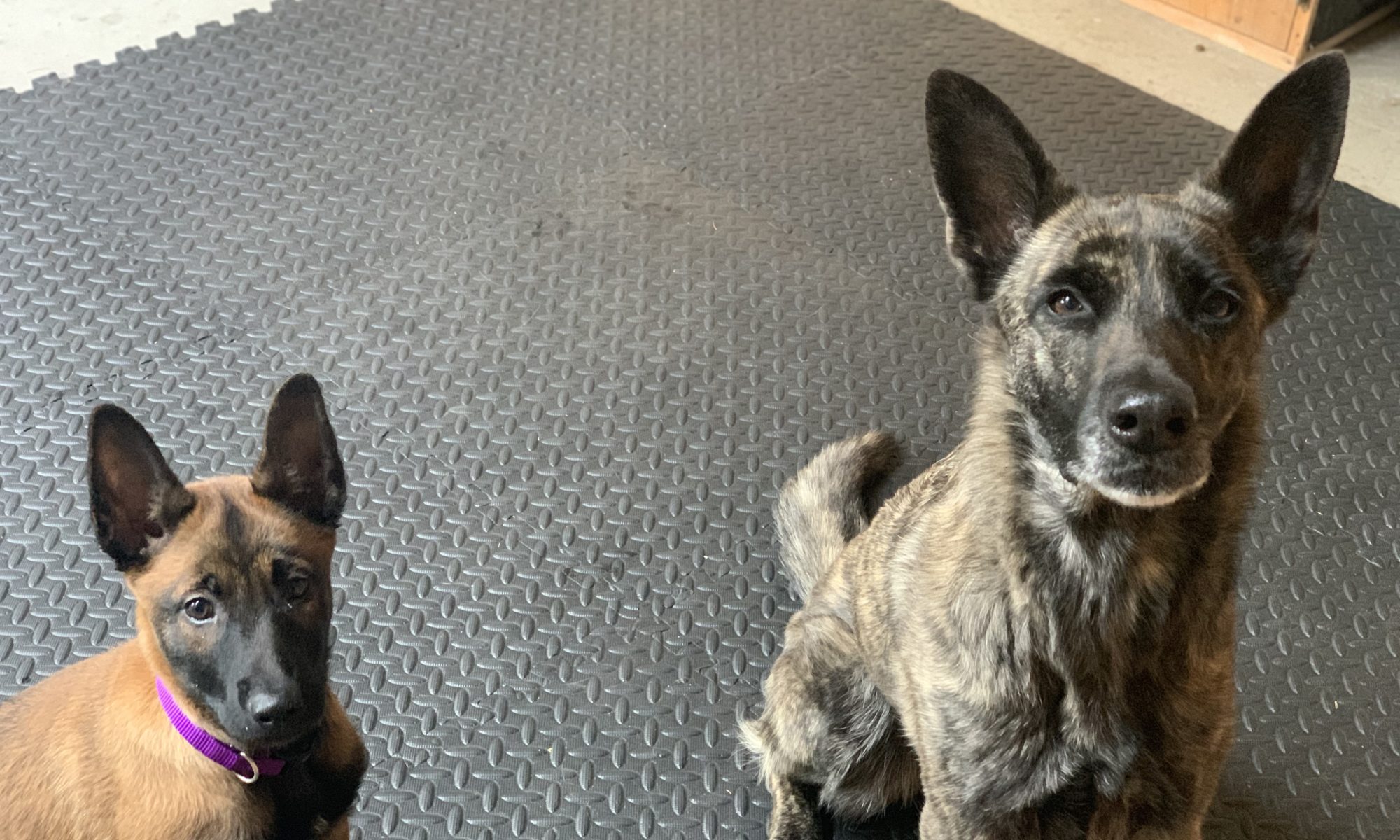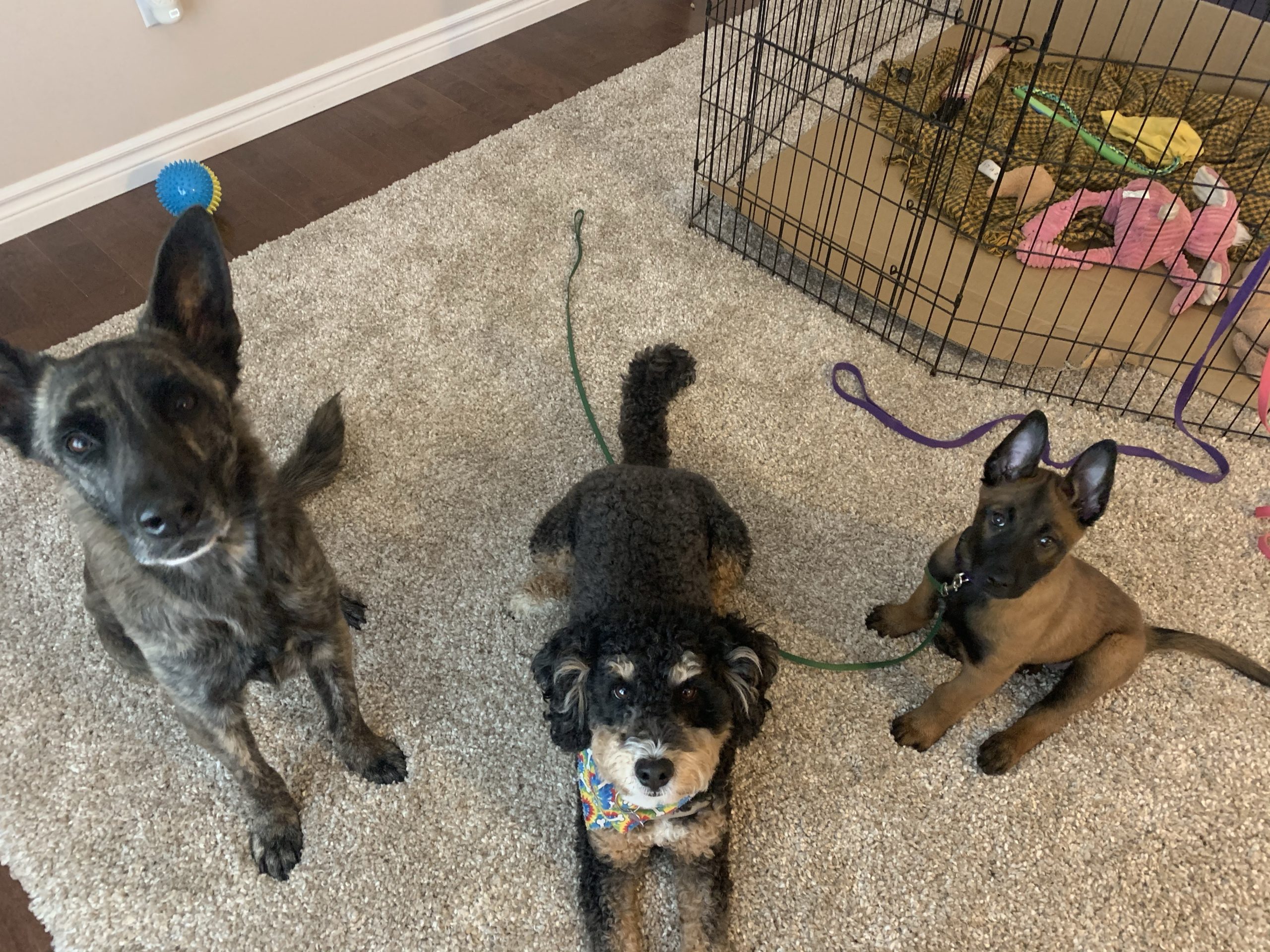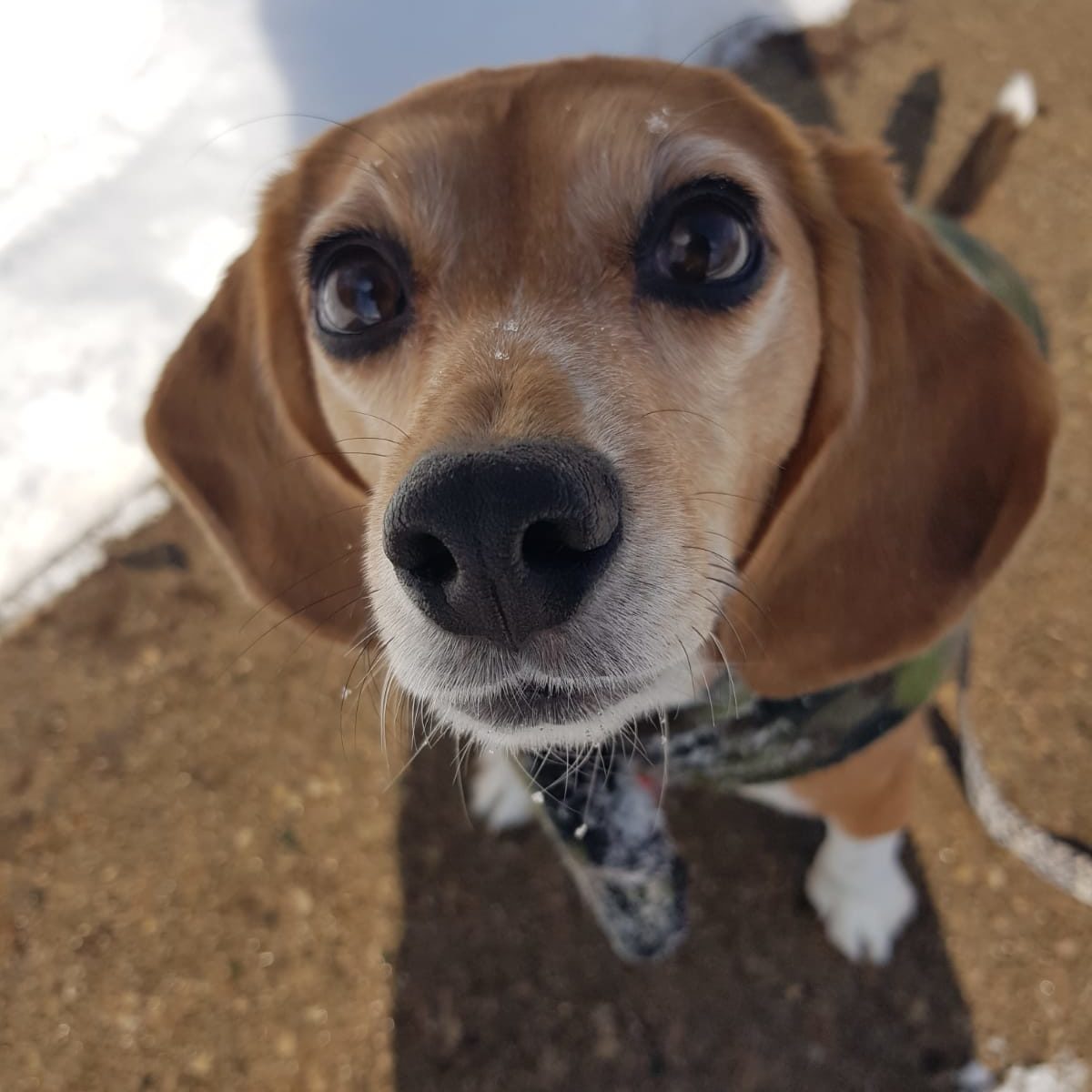Casryn’s Cowboy Bebop, 9 Weeks
It has been quite a busy week!
A week ago we welcomed our malinois puppy, Bebop into our home! Although this month has been challenging due to Ebony’s emergency surgery and recovery, we have been expecting Bebop since January and were really excited to meet her.
Bebop (her full name – Casryn’s Cowboy Bebop: named after our favourite anime show) is a Belgian Malinois. For those unfamiliar with the breed they are a high energy working dog and are typically not suited to ‘pet homes’ due to their energy and stamina. This is NOT a dog that is satisfied with two 30min walks a day or with just one round of classes on a weekend – they need to be worked daily and are rather intense in their personalities. They also like to bite. A lot (no seriously – not like a normal puppy – but like a puppy who is bred to do bite and police work). They are therefore typically placed in performance/sport or working homes only, where the dog will be stimulated, exercised and challenged in a variety of disciplines.
This is our plan and hope for Bebop! We love high energy dogs and they suit our current lifestyle.
We had been in the ‘market’ for a malinois for years as we love the breed and their energy and I wanted to find a second performance dog to train and compete with before Ebony was retired from trialing. I wanted a dog to welcome into our family that would also get along with my clients while everyone was around the same age.
I also had a specific game plan for training them from the get go which I will go into detail about in this post and in future ones!
As a general rule, I prioritize typical house manners skills but not all pet skills (such as leave it, or stay) and I go into a little detail of why that is below. I also spent a ridiculous amount of time on foundations and simple skills to make life easier later on and to create solid behaviours.
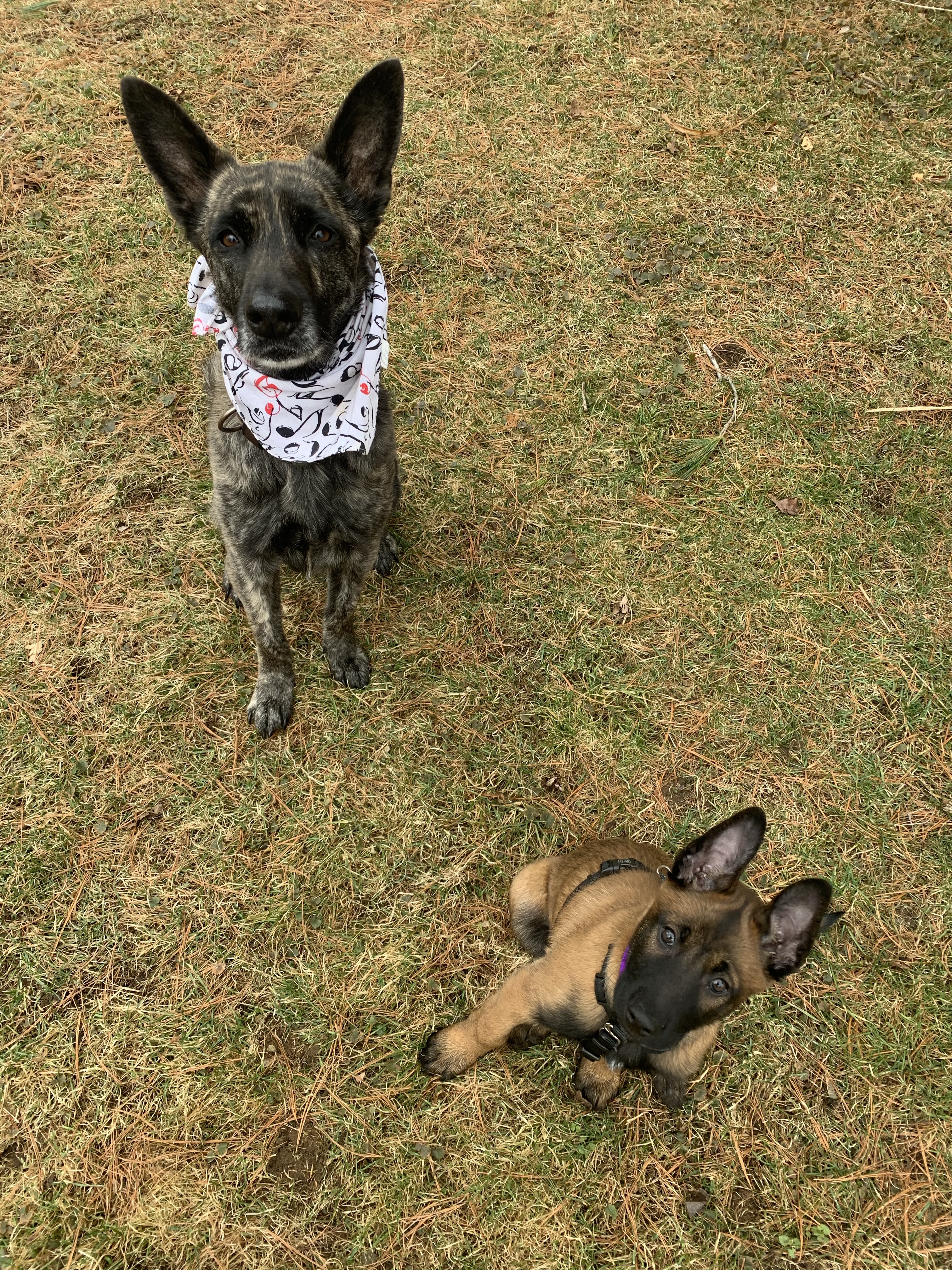
Bringing her home
Since we knew weeks ahead that we would be picking Bebop up on a Thursday, we were able to prep! As silly as it sounds I meal prepped for a couple of days and ensured her crate and expen were all set up. We also had toys and blankets ready to go. Doing this also helped my guys realize we were having company over (and they are used to it) and gave them a day to acclimate to the idea. We tried our best to prep them for no surprises.
In addition to this I prepped some chews and kongs that are age appropriate for a puppy. Bully sticks and kongs with soaked kibble (which I had picked up the week before) were prepped for her so she had something productive to do right away!
In our home, she has two expens she hangs out in with toys and chews that I rotate her being exposed to. These pens are not meant to contain her forever, but we absolutely needed a safe space for her to be a puppy while we couldn’t directly supervise her. One is upstairs, one is downstairs. In the long term, the goal is to eliminate the pens as she earns some freedom and becomes reliably crate trained.
Allowing the pens to be up gives me time to build her crate training skills appropriately in addition to teaching her to respect boundaries and gates from the get go!
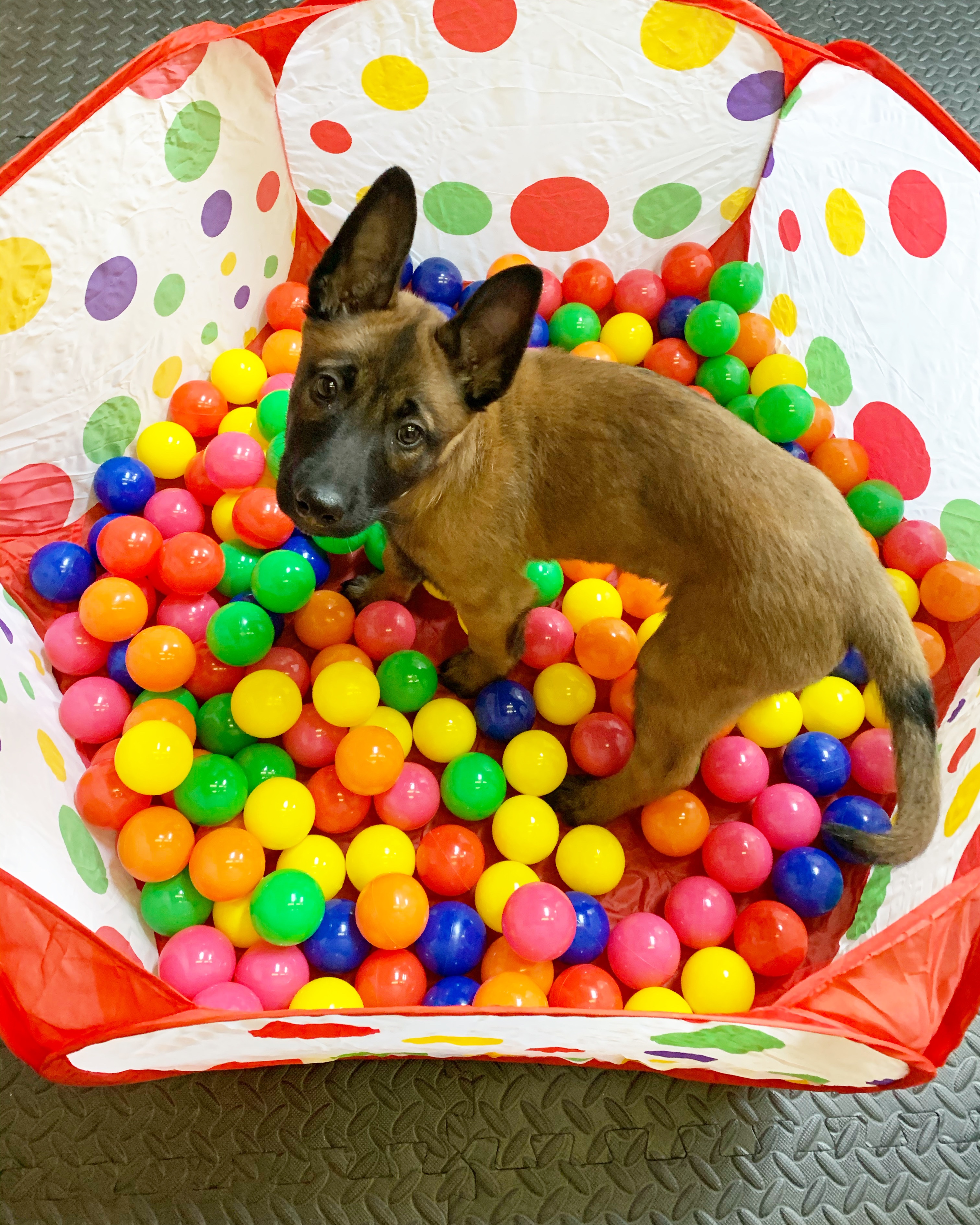
Routine
Getting puppies into solid routines is almost as important as house breaking or crate training! Dogs LOVE routines and flourish in structured schedules of training, social time, and playtime.
I also find that routines tend to empower dogs; they know what to expect and what’s coming, and for shy dogs or ones who tend to worry this can create a really positive association to your routine if they can predict it!
To see the schedule we follow see it below:
6am – wake up, pee, supervised social time/play
7am – training time, chew time, solo walk time for the dogs individually
8am – Training session, followed by chew time and nap time
8:30-10am NAP TIME
10am-2pm- Out with dogs for walks, plays and training.
2-4pm – Nap Time
4-6pm – Training session, followed by chew time and play time.
6-7 – quiet time in crate
7-9:30 – solo walk time, cuddle and quiet time
9:30 BED TIME
The other big routine factor for her? NO FREE MEALS! This puppy has not nor will she (likely) eat out of a bowl! All her kibble is measured for the day and used for training and reinforcing good behaviour. This allows us to move quickly with training goals and be a little more effective with our time.
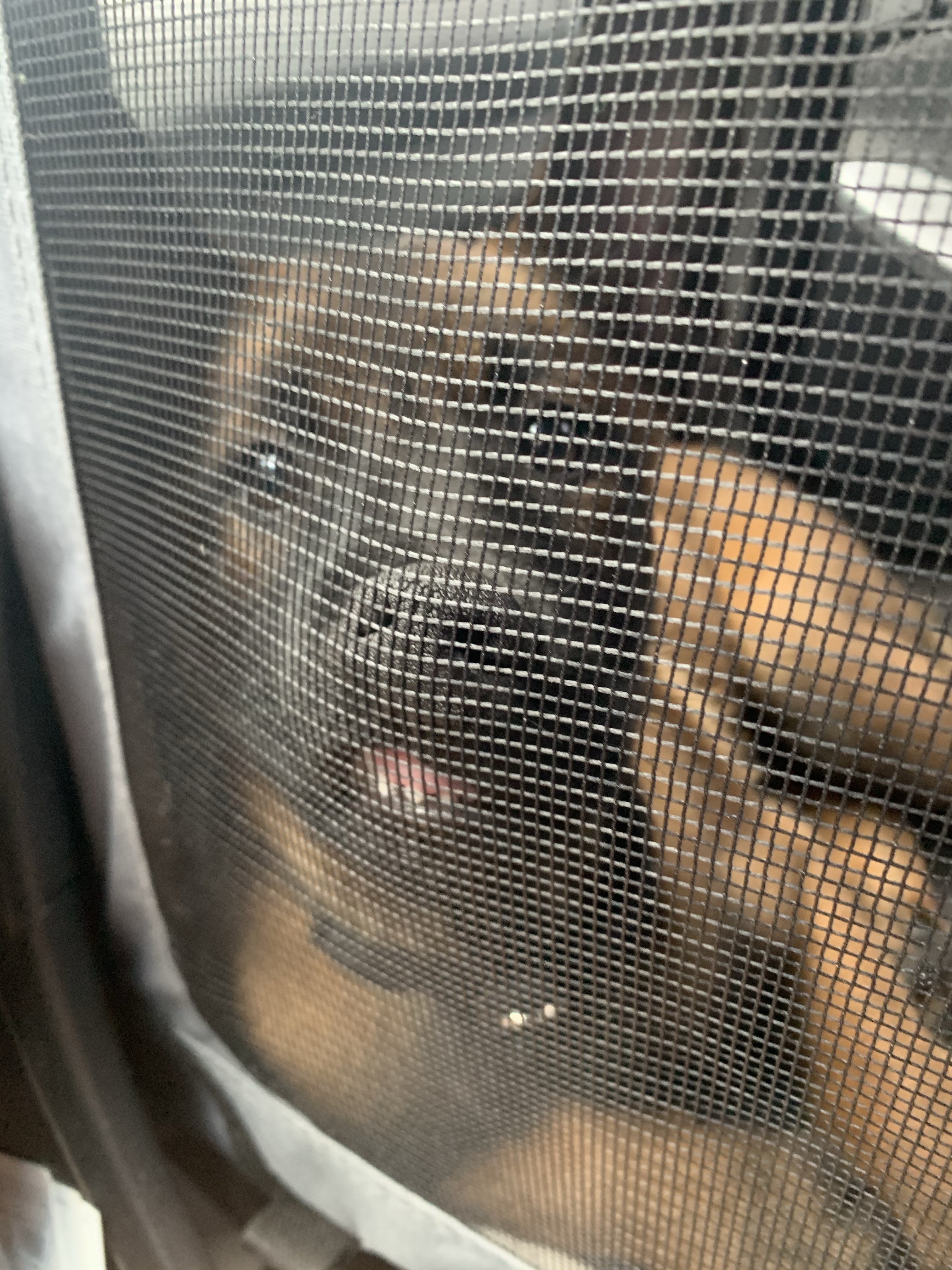
Sleep Training
We decided to be pretty particular on sleeping arrangements for this little one! We are hoping to train her in the crate room overnight but we start this process slowly. With little puppies, it can be traumatizing to leave the litter and the only home they have known and place them with humans they don’t know, in a space they have not fully explored. I liken it to sleeping in a new location with strangers – would you feel totally comfortable? Probably not!
This is why it’s so important to have some empathy towards your new puppy and patience – the crying and whining doesn’t last forever (and frankly, rarely is it like this for more than a day or two) and once they find a pattern to the bed time routine, it becomes much easier.
For sleep training, I typically start with a crate next to the bed so that I can comfort the puppy and be easily woken up if needed. Once the puppy is comfortable with that space, we start to move the crate back away from me. This process can take some time if puppy is really anxious but typically I progress it in weekly stages. The goal is to teach the puppy to be comfortable away from me (their main provider) and self soothe.
As of now, she is rocking bed time and we have pushed back the crate from my side of the bed to the far wall for the next phase of training!
Crate Training
Crate training is CRUCIAL for this dog – we have zero illusions she will be loose in the home anytime soon! She absolutely loves to put everything and anything in her mouth so for safety sake crate training is non negotiable in our home.
I start associating positive associations almost immediately in the crate. I shape movement towards it by rewarding voluntary steps in it, and then work on closing the door and leaving the dog by a few feet. Although Bebop’s meals are not fed in a bowl, she works for part of her meal by hanging out willingly and happily in her crate. I prioritize this with the crate in the bedroom, and then slowly transition it to the crate in our crate room (which we are calling her ‘big girl’ crate!)
So far, this is where the bulk of my homework is with her! She needs many repetitions of this skill so we practice it daily right now, mostly two times a day.
House Breaking
Kudos to our amazing breeder for prepping them so well – we have had ZERO accidents in the house! This girl can HOLD it in! She is let out every two hours right now, and is starting to whine in her pen if she has to go.
As a general rule with new puppies or dogs I do hourly let outs until the dog can hold it for that long consistently, then increase that duration hourly. We continue to reward potty breaks and encourage her to eliminate by cueing a verbal ‘go pee’.
Now for the fun stuff – the things I prioritize in a new dog!
Because Bebop is a performance prospect, the way I am raising her differs from your average pet.
Instead of focusing on ‘pet’ skills such as leave it, stay, and loose leash walking we are prioritizing engagement, focus and play. Although pet skills are of course important and on our list of behaviours to tackle, engagement and focus are the foundation blocks of building those skills rapidly and with eagerness from the dog. Without focus and a desire to be with me and check in with me, teaching skills become less effective and I end up with a ‘lack luster’ dog. What I want from Bebop is to show interest in me and enjoy playing with me first – in all environments – so that building the obedience pieces of skills becomes easy and most importantly FUN.
I also prioritize eye contact for EVERYTHING (that’s right – every single thing. It is time consuming at first but pays off exponentially as the dog ages) and physical handling. This is an area I didn’t invest in with Ebony and years later it showed in her reluctance to be touched or handled by vets and therapists. With this puppy, I am immediately conditioning a collar grab, a harness grab and general manipulation of her legs, feet and ears. I want a calm happy dog that is not worried about being touched for things like vet exams and grooming.
My friend who is a groomer even helped me set up a training scenario with me to get Bebop accustomed to the set up (and being up on a tall table!)
Socialization
It is a tricky time to socialize a puppy during the COVID-19 concerns but we are trying! This is probably the most important aspect right now of our training as she is at such an impressionable age.
Contrary to popular belief socialization doesn’t mean a dog has to interact with each new thing or person! What it means is exposing the dog in a controlled matter to a variety of stimuli and ensuring the dog is confident, stable and happy to be around the stimuli. With people and dogs, our goal for her is to see them, show interest but ultimately prefer having her focus on me. In a new environment, my goal is to place her in it, have her assess the space, then seek more information from me. No stress, no concerns. A bored, rather uninterested dog is what I am seeking.
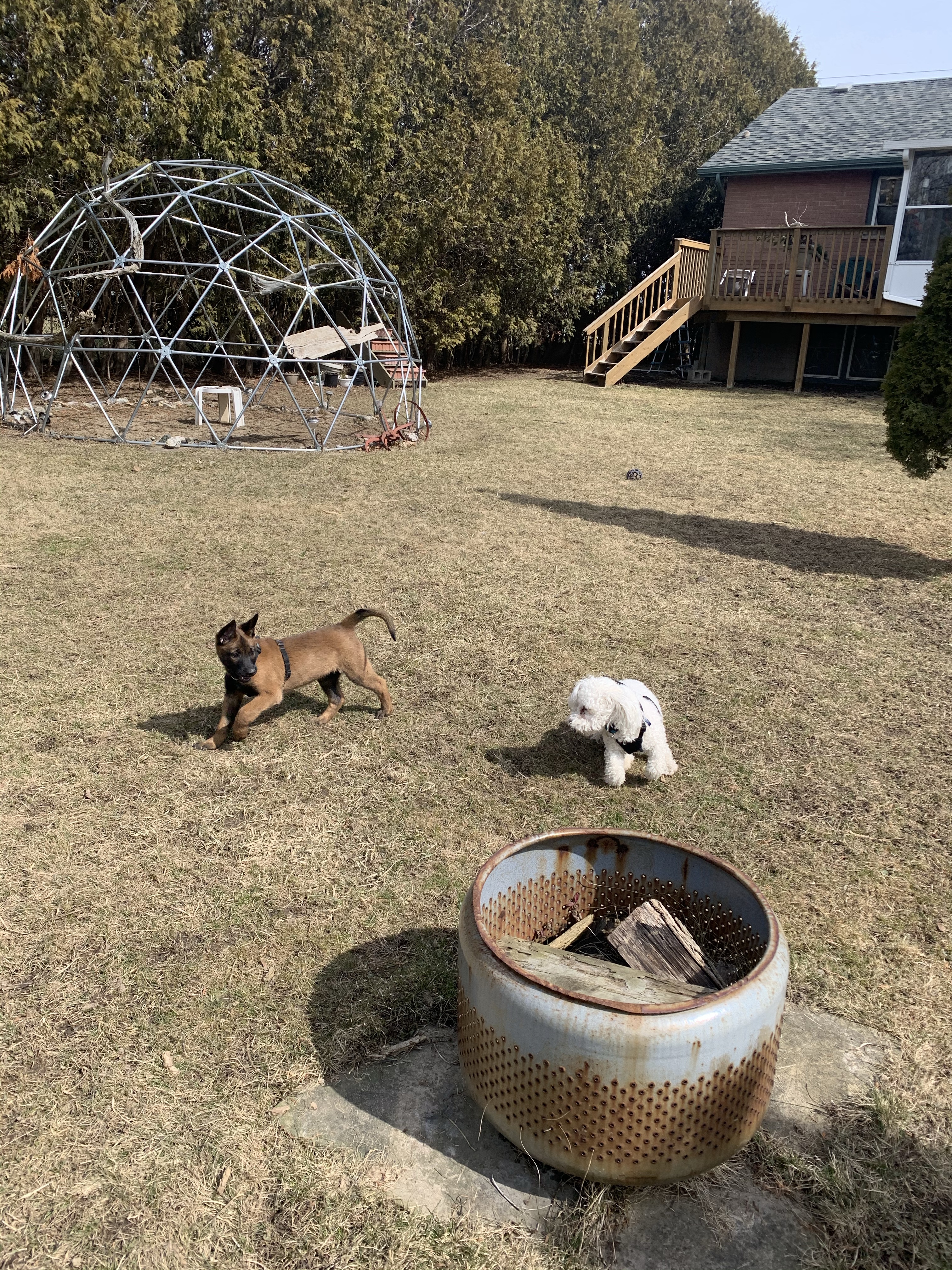
Socialization is much more than just fun interactions that can turn overwhelming quickly or reinforce poor behaviours (think of your puppy meeting new people and jumping all over them). It’s really about ensuring the puppy is stable in new environments and not fearful.
Another important factor in socializing is making sure Bebop is exposed to novel environments alone! Although her relationship with Ebony is cute to watch develop, it’s important that she learns to be OK with being solo. It is a lot of work with two dogs but it pays off long term.
What are our future goals?
For being with us just a week, she is doing great! My major goals this week include getting her to hang out in her ‘big girl crate’ longer, build upon our recall, and start some solid tug work! (in addition to position changes!)
She is a lovely, happy and goofy puppy who loves people, loves her cat Henry and looks for big sis Ebony for reassurance in new environments.
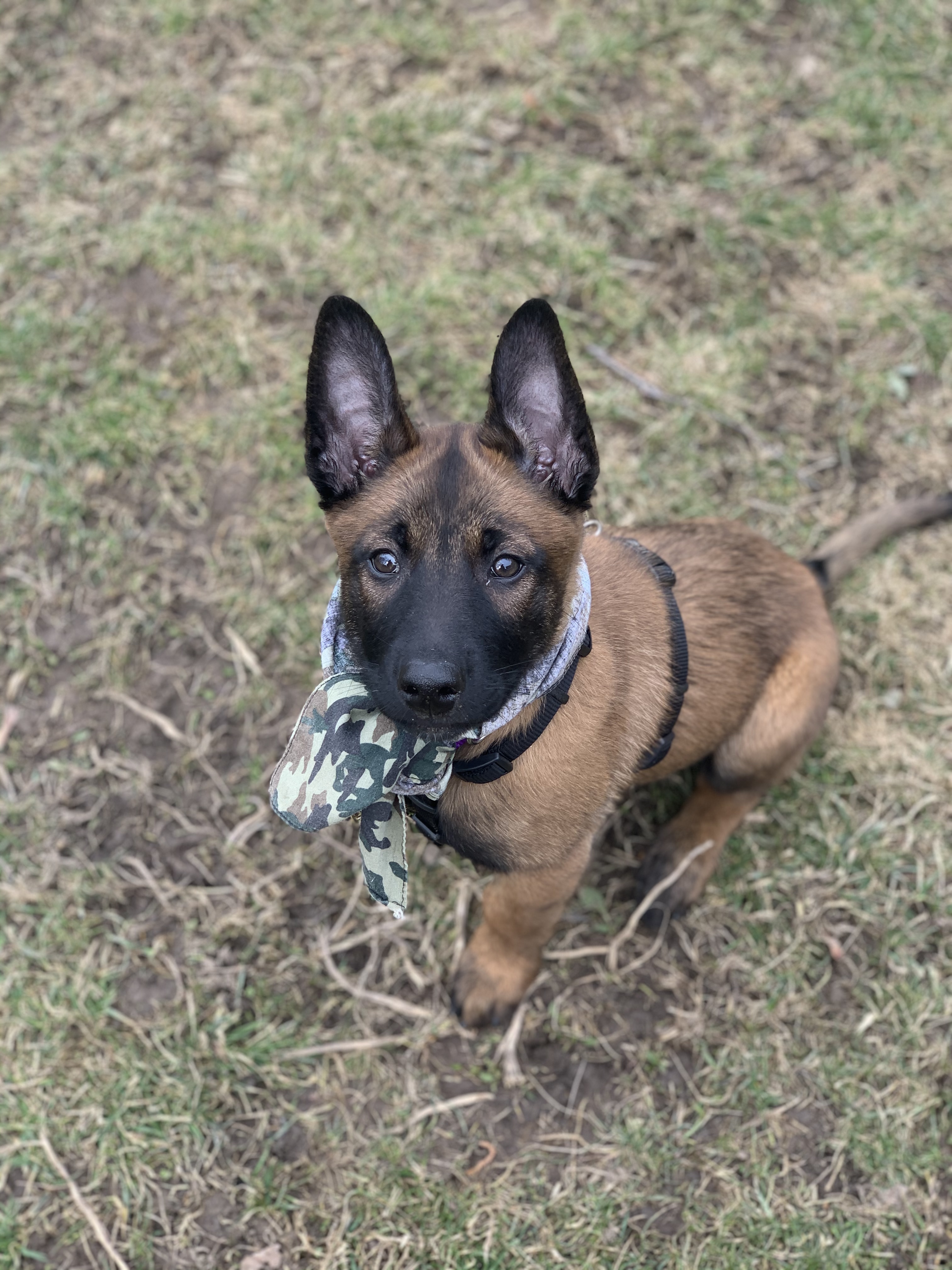
Building Drive and Momentum- Get it!
One of the advantages trainers have over people that don’t train dogs daily is SPEED. Being quick with your marker and timing of rewards in your sessions makes learning for your dog effective and fun. Like most skills, speed in your training can be improved upon with practice and time.
During training sessions, we tend to recommend you prioritize repetitions over time – instead of training one particular skill (such as SIT) for 30 minutes, aim to get 10 solid, quick and precise ‘sits’ from your dog. This eliminates confusion and potential errors in your training, plus your dog is much more likely to process the information faster and enjoy it in shorter bursts.
The reality is that dogs aren’t really made to learn in long, drawn out sessions (neither are we!). In order to optimize on these short bursts of energy and focus, we need a fast and effective way to ‘reset’ dogs in sessions to get them ready to perform it again quickly and with just as much enthusiasm!
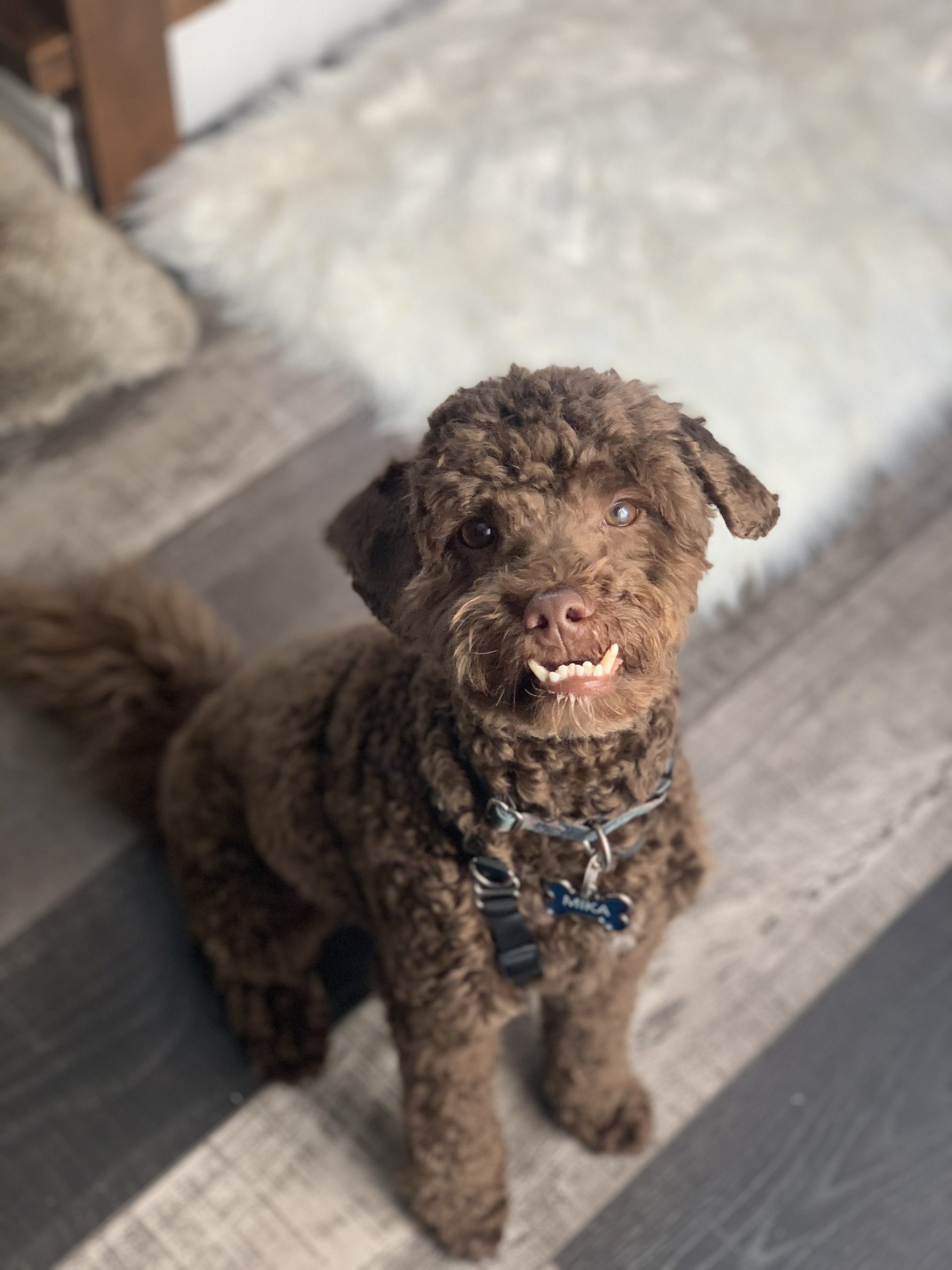
Meet your dog’s new fav cue – GET IT
A get it cue is a simple chasing game. It involves the dog chasing after a treat, preferably AWAY from you and your training space, and *hopefully* having them return after eating it for more information from you.
It is a simple and effective tool in our training games because it can be used in multiple ways – if you are working on a stationary skill such as a long down, getting your dog moving away from that position may be optimal for resetting it. If your excited dog struggles to focus with too many repititions, get it can re set that brain. It is also a great puppy introduction to impulse control and chasing – in addition to drive building (more blog posts to come on this fun topic in future!)
There are MANY ways a get it cue can be beneficial, and it is so easy to teach (plus fun). It is a skill that most dogs pick up quickly, so why wouldnt you give it a shot?

How to Start:
Start by using your dogs lowest value reward, such as their kibble or typical in home treat. We would recommend avoiding toys off the bat because toys tend to amp up the dogs drive and excitement. While getting your dog this excited is a great way to proof this skill in the future for now we want a thinking, problem solving dog.
Practice in a quiet environment such as your home or training space before heading outside.
The Set up:
- Have 10 pieces of kibble/treats in one hand. Be sure to get your dogs attention before you toss the treat
- Toss treat in one direction the moment they give you attention. Let them chase and eat
- When they return to you, wait for that momentary glance, then toss the treat in the other direction
- Repeat this skill until your handful runs out, then go back to playing with your dog
As your dog gets the game and eagerly chases and returns to you (this is key!) to keep the game going, you will introduce the verbal cue GET IT. If your dog does not return to you immediatley during this exercise, continue to work on creatig this predictable pattern and dont push ahead to a verbal cue until you have solid focus/attention.
Part of the reason we ALWAYS want to wait for the dog to give us attention and focus is because we don’t want to just aimlessly throw food. We want the dog to offer something attentive such as eye contact before proceeding with the game.
Need visual helpers? We got you covered below!
Give it a shot and be sure to let us know how it goes!
Happy Training!
Element Canine Team
3 Benefits of Marker/Clicker Style Training
Clicker or marker training in recent years has become one of the well known methods by which we teach dog’s new skills.
It is so popular in fact, that marker training has been incorporated into zoo’s for cooperative care practices, with cat training and with birds who have been injured and are being rehabilitated back into the wild.
There are many benefits to clicker training and getting your dog or cat started on learning with one is simple – once you practice!
First off, what is a clicker or a marker?
A clicker is a boxed shaped object, typically made of plastic and metal that when pressed emits a distinct, sharp sound.
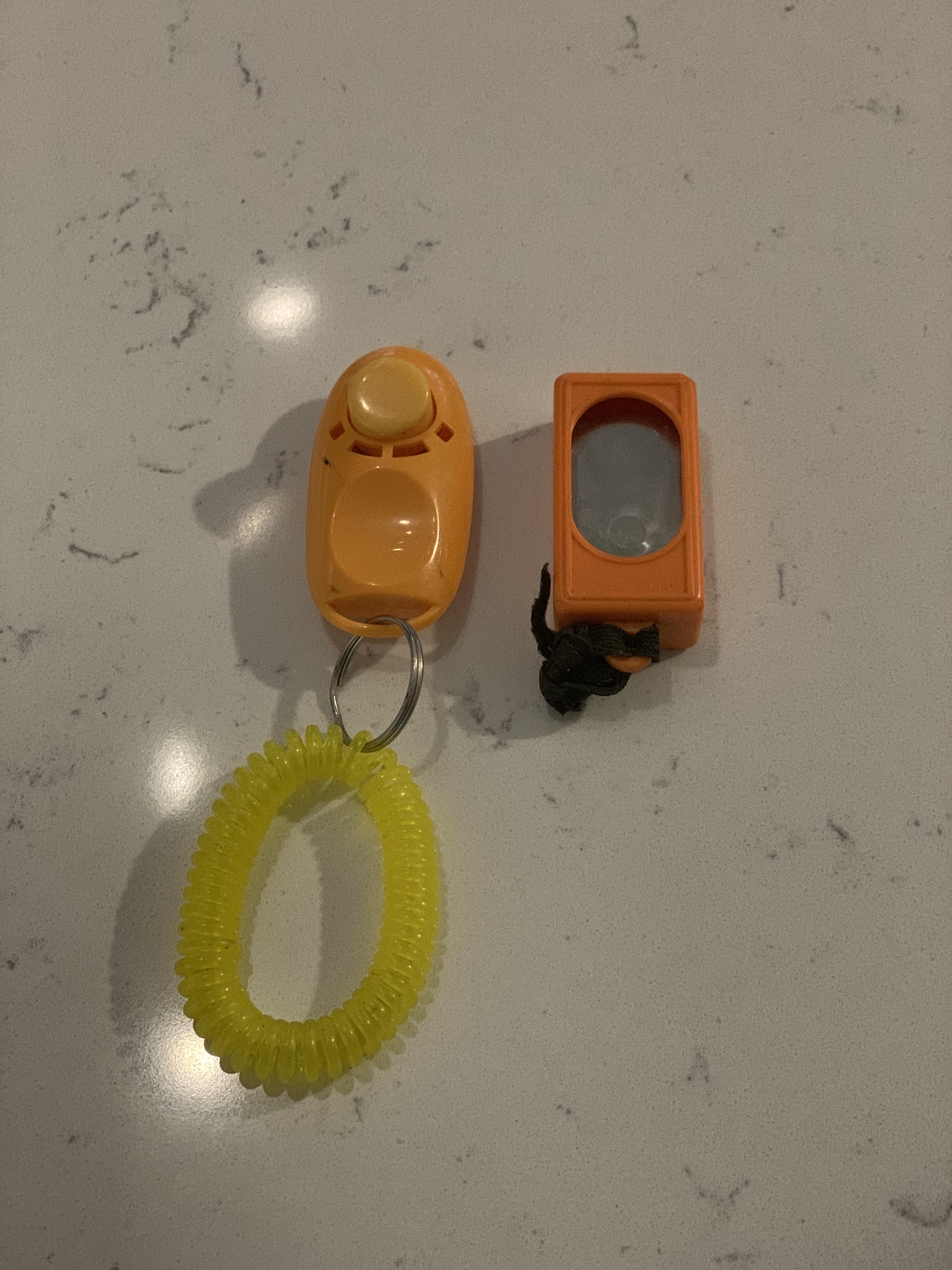
The clicker itself is uninspiring and not all that amazing, but what can be accomplished once the dog has been taught to associate it with a reward (click – then reward) is amazing. This is plain old classical conditioning (remember Pavlov back in the day?) and without the reward, the sound the clicker emits remains meaningless.
In dog training, we use clickers to mark appropriate or correct behaviour in the learning stages of a skill.
Example? A dog is learning to lay down, but is not in the correct position. A trainer would mark the motion of the dog dropping their entire body on to the floor, and immediatley reward that movement. By repeating this, the trainer increases the chances of the dog performing the skill not only correctly, but accurately and without any extra physical prompting. The dog learns through repetition what is being rewarded.
A popular altnerative to clickers is a verbal marker – a verbal affirmation that the dog learns to associate with correct behaviour through classical conditioning. The word most commonly used in this example is the marker Yes – it means the same thing to the dog over time: they have done something correct and earned a reward.
3 Benefits of Marker Training
As a trainer, I love marker training because it simplifies the process for humans and takes out a few problematic aspects of training altogether – mainly how humans and dog’s communicate.
For example, if you are not training with a marker and are still rewarding your dog, there tends to be a point where the dog becomes confused. Are you rewarding him for sitting, or looking at you? Are you rewarding him for returning to you when you said his name? Or when he returned to you and sat? Dogs offer us many behaviours all in one motion and if you are rewarding inconsistent skills you will end up with inconsistent behaviours.
Because of this confusion in learning, clickers and verbal markers are massively beneficial because they…
- Allow you to silently train and still communicate effectively with your dog. There is no need to nag, add verbal input or cues they may not fully know.
- Allow you to have accurate timing. Timing is one of the most critical aspects of training, and a clicker/marker makes it easy for us to focus on and visualize what exactly we are rewarding
- It creates accuracy in behaviours and eliminates ‘sloppyness’ – suddenly, the scenario mentioned above becomes clear to the dog
You call your dog…
He comes…
You Click/Mark…
You Reward him. Thus, He has been rewarded for coming when you called and not for the many steps in the middle of that skill that can happen.
Now, just with any skill (and dog training is a human skill) practice makes you better! If you are unsure about how to start working with a clicker and your dog, check out our video below.
Once again, timing is key! Practice getting your hands in order and rewarding your dog consistently. The pattern is Click then– Reward (not at the same time!)
If you don’t love the idea of using a clicker or find it burdensome – no biggie! you still must mark appropriate behaviour to keep training simple and ‘clean’ – therefore, use the verbal marker YES or YEP instead.
Training is efficient when our timing improves – this is the beauty of the clicker or verbal marker! Give it a shot and let us know how you like it!
Happy training
We are back! Post Move Training Thoughts…
It has been a while since my last post and I am happy to be back!
For those that don’t know – we moved! It has been both an exciting and a challenging month and as you can likely guess, a lot of training has been happening!

While the move is a blur in my memory, one aspect of the move stuck with me as I watched my guys explore settle into their new home.
The environment in which we live (or train) affects our dogs behaviour more than we may realize. Whether we are downsizing in life or getting more space, changing environments in our dogs lives will always affect their behaviour.
A good example?
When we lived in London, we lived in a condo, in one of the busiest streets in the city. It was actually right by a fire station. Noise was constantly heard – even at 2am, the sounds of cars and buses were easy to distinguish. Naturally, it became a source of comfort and the background noise to our lives.

Our animals – Henry, a cat and Ebony our dog, became desensitized to these sounds too. Not much spooked them – a door slamming, a fire truck, keys outside or barking dogs – none of it phased them. They didn’t bark or startle easily and the fact that they were raised in that type of environment is likely one of the reasons they carry such confidence in their demeanor.
Fast forward a few months, and we have relocated to a smaller, quieter town. It’s a lovely town but the quiet is bizarre. It took a week for me to sleep well through the night, and roughly the same amount of time to notice subtle little changes in our pets behaviour. They became more alert, more sensitive and a little more interested and distracted by sights they hadn’t seen before (like cows and farming equipment!)
As a trainer, I am constantly vigilant and hyper aware of changes in dog behaviour, but this observation really gave me an experience I hadn’t appreciated before. When dogs are raised in the city, they tend to adjust to city life and all of its nuances – they tend to tolerate different sounds and smells. When they live in quieter zones, they tend to not be exposed to the same experiences, therefore each new sound or distraction in city life (such as seeing dogs on leash!) can become a challenge – because it’s new!
So what did I do to help our pets adjust?
To be honest, Ebony is a well rounded dog and not much phases her but the experience had me considering instead how I would raise my second dog in a quieter area where she is likely not to be exposed to the same life experiences her ‘siblings’ were. As a result, raising our second dog is going to be a an entirely different undertaking than our first.
As a general rule, we don’t allow our dogs to bark incessantly at distractions or enjoy seeing them startle easily and prefer calm, well adjusted members of the household to frightened, unsure ones. Therefore, building a dog’s confidence through thoughtful exposure is always a priority in my life. I’ve had my work cut out for me during our move, which made me consider that perhaps many people find themselves in a similiar situation!
So here is what a well thought out training plan resembles to me in order to boost your dog’s confidence in new environments:
- First, acknowledge that our dogs may struggle with some areas of socialization and make a plan to gently expose them to it! When we lived in a busy area, our goals were to expose our dog to various scenarios and keep them calm and relaxed. We wanted them to interact safely in a busy environment. In a quieter area, our goals have shifted towards ensuring our dogs actually get exposure to city scenarios they are accustomed to or to new sights (such as cows!) – which may mean going out of our way to socialize them apropriately.
- Bring them to new locations and events, and reward appropriate behaviours – or simply reward just taking it in!
- Avoid overwhelming scenarios and sounds too early in training such as festivals or busy parks. While most dogs may seem ‘calm’ they can be easily overwhelmed with all of that stimulation and it can cause more training for you long term!
- Build your dogs confidence in the areas they are weak but recognize this should be a long term goal. Understand that it takes work, time, and a plan (and at times guidance from a reputable trainer). It is not an overnight fix and improvement is always the goal rather than perfection.

Dogs can adjust remarkably well and our pets are starting to settle into a new routine (where they occasionally see a cow, or a stray cat, big trucks or a group of dogs – sometimes all at once and it’s no big deal!) but there is always room for improvement and new scenario’s to practice in.
Uprooting environments, whether it is to a larger space or a smaller one still requires consistent management and training in order for us to get that well rounded dog we all want. The move made me appreciate that hard fact more than anything.
The training never stops here and I look forward to every moment of it!
Happy Training !
Mat Training Games: It’s Your Mat!
This weeks game is all about impulse control and getting your dog to want to stay on their mat – even in the face of distractions! We all want a dog who eagerly runs to their mat when the doorbell rings, or when the pizza guy shows up…but we have to work in small stages in order to get there.
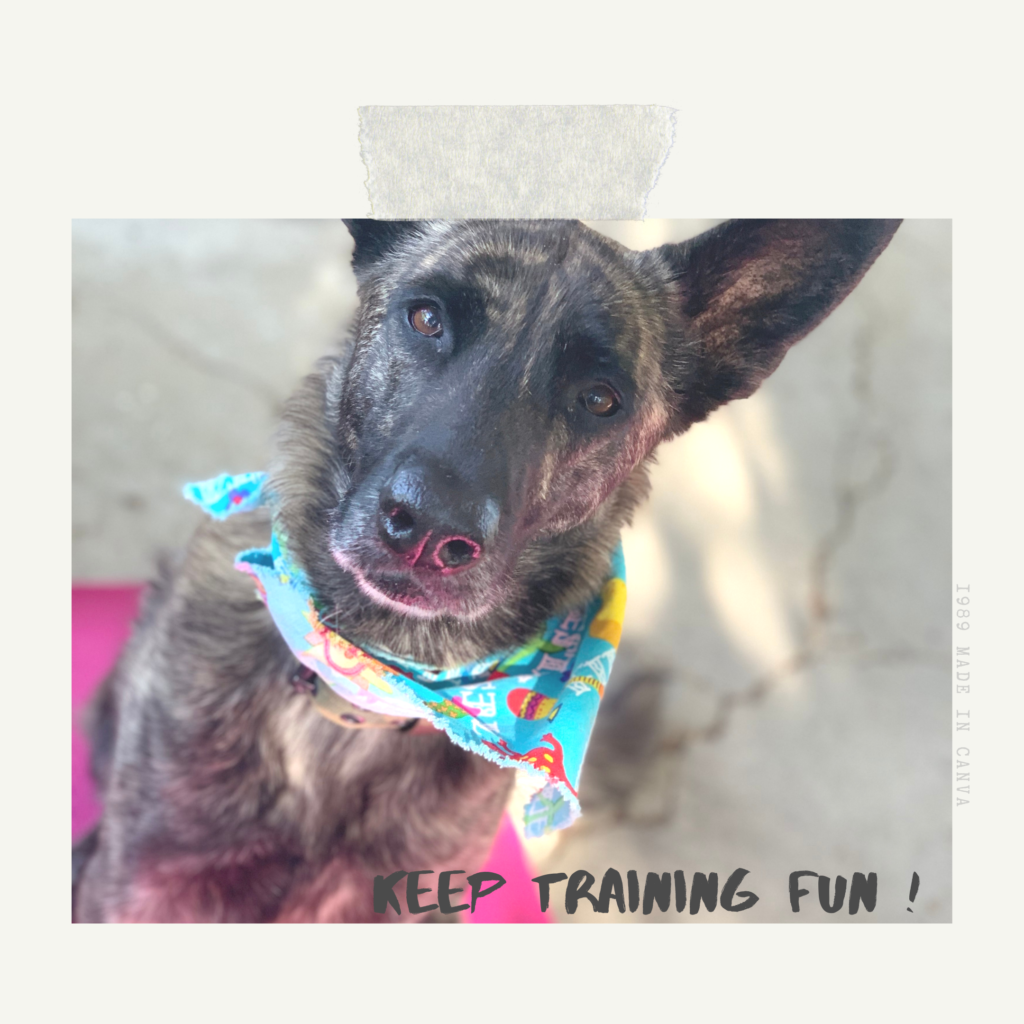
This game is meant to be used in the ‘proofing’ stages of your training – so your dog should have a basic understanding of going to their mat and laying down on it right away. The most common mistake eager owners make when training their dog is working their criteria too quickly – essentially expecting too much from the dog, too soon and without a lot of practice put in.
For example, if your criteria for your dog is to remain on the mat while a small form of distraction is presented in close proximity – that is where you will begin! This is where our game ‘it’s your mat’ comes proves useful!
The Set Up
As always practice these games in quiet, familiar environments. We will leave the choice of rewards up to you, but as a rule – use a lower value reward if your dog struggles with food in your hands, and up the value of the reward (think meat, cheese) if your dog is advanced
The Game
- Have treats on hand and a mat for your dog handy
- Set the mat down, and cue your dog through a hand signal or a verbal cue to go to their mat
- Mark and reward, and then release them
- Cue your dog again – and let the game begin! Hold your treat hand close to your dog’s face. They are presented with a choice: move off the mat, or remain calmly laying down and focused upon you? Mark and reward the correct decision!
- As your dog learns the game, challenge them by moving the ‘treat’ hand further away (enticing them to follow it). Your criteria will remain the same. The dog is rewarded for remaining on the mat!
- If your dog breaks, make the exercise easier. Shorten the time they are on their mats, or keep your hand very close to their face and reward immediatley!
Need a video?! We got you covered! Give it a whirl and Happy Training
